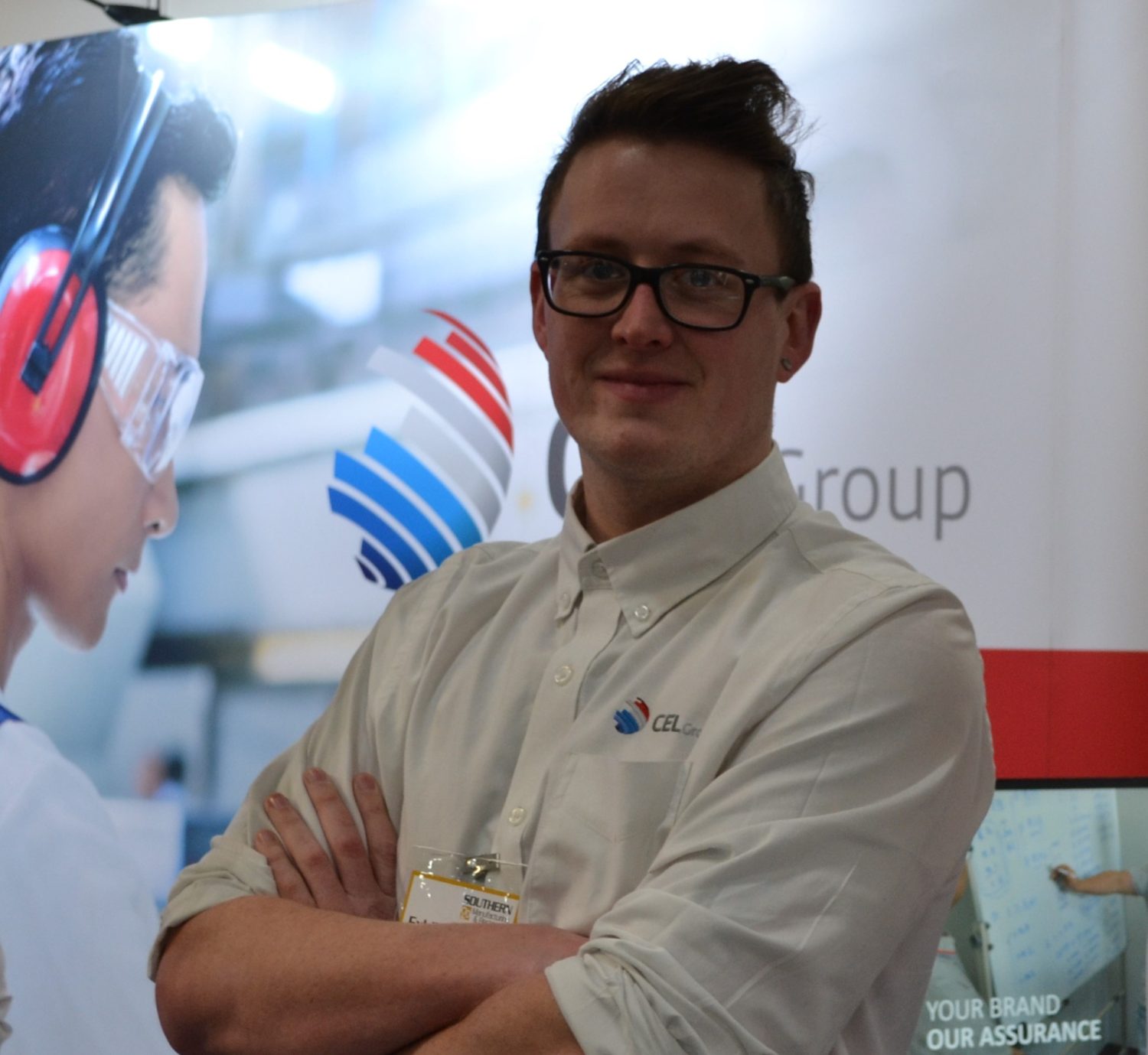
9th Apr '20
Tooling For Successful Sub-Contract Manufacturing
Tooling describes the design and engineering process behind creating the tools which will make repeatable parts and components. Getting the tooling right for the quantities and quality of products you are looking for is clearly a priority. When choosing to sub-contract manufacture in China, errors in communication and understanding can create tooling problems.
Here, Ryan Clark, our UK Head of Engineering, explains how to minimise risk and optimise production efficiency at every stage of the tooling process.
Tooling to make life easier
Get the tooling right, and everything else, can be relatively straightforward.
The design of the tool is dependent on the specification of the product, the volumes needed, quality and price point etc. So, we need to get to the detail specification in order to provide accurate pricing. Sometimes easier said than done. Getting all the information can be at odds with where our customers are in their process. At the start of a project, buyers are often under pressure to deliver product pricing before all the design has been bottomed-out.
It is our job to help resolve issues and find practical solutions.
We want to make life easier for customers, where we can. To deliver on our promise of ‘manufacturing competitive advantage’. This is one of the reasons why we have our own engineers in the UK, as well as in China. And why we value experience and solution-focused thinking. It enables UK OEMs to access lower cost manufacturing both offshore and product assembly here at home.
As part of providing a responsive service to our customers, I work closely with our sales and customer service team teams. ,
Cost-efficient manufacture
If you are in the early stages of your product design, we can provide indicative quotes from a 2D drawing.
This helps customers understand the kind of tooling options available. And, it means the design and materials can be adjusted to improve production efficiencies. However, quotes come with the a caveat. Much can change with regard to tooling and production once requirements are properly specified.
By getting us involved in the earlier stages of design, we can provide guidance on the sub-contract manufacturing implications of different design and material choices. Come and talk to us if you want the best from cost-efficient manufacture in China and assembly services here in the UK.
The tooling quotation process
Once we have 3D drawings for parts, or components, where tooling is required, then we can provide a recommended tooling approach and an accurate quotation.
I analyse the drawings and supporting information with our Head of Engineering in Shenzhen, King Yin. We interrogate the specification and resolve initial questions at this stage. These could be about material choices, quantities, finishes, future plans etc.
Understanding both engineering requirements and our customers’ business goals are important. For example, initial volumes may be small, but you may plan to scale-up significantly and quickly.
The more questions we ask of our customers, and of each other, the more we understand. And the more we understand, the better the tooling approach will be. This is how we deliver better commercial results for you.
Engineering and tooling in China
Once the tooling approach and quote have been approved, we place the order with our experienced toolmakers in China. We complete all work through our managed ISO 9001:2015 facilities in Ningbo and facilities in Shenzhen, as well as our audited and approved long-term partners.
It is the engineering team’s job to stay close to the project progress during the tooling process, with both myself and King checking in regularly to ensure timelines are met. This is how we deliver customers through the tooling process quickly. This is even more important today, as a key supplier to the healthcare and medical equipment OEMs.
Video conferencing, as well as photography, have played an important part in our tooling process for a few years now. With the Covid-19 crisis, many more companies are seeing how well this can work for them too.
When finalising tooling approval, we endeavour to ensure nothing is missed. It is common for more details to be added at this stage, such as witness marks, ejector pin marks and mismatch notches on progression tooling.
Approval, samples and commercial production
The Engineering Analysis Report will go to our customer for tooling approval, once we are happy. It is vital that our customers’ engineers double check everything at this approval stage, to further minimise production risk. They will be checking that parts fit together, and that aesthetic and cosmetic requirements are met.
After approval, manufactured samples are shipped to CEL Group for checking, along with the Initial Sample Inspection Report (ISIR). We check samples in the UK, verify the ISIR and get them as quickly as we can to our customers for approval.
At last we are all set to move to managed production in China.
Tooling to get ahead
Today we are prioritising sub-contract manufacturing for healthcare products and other high demand commodities during the coronavirus crisis. The tooling process is being accelerated, where possible, within our managed approach.
We are also helping all our specialist sectors get ahead and prepare for resumed manufacturing in the coming months.
To see how our approach to tooling could help benefit your business, contact us today. And for more information about our team and our work, follow us on LinkedIn
